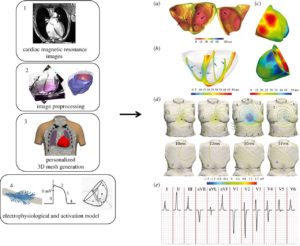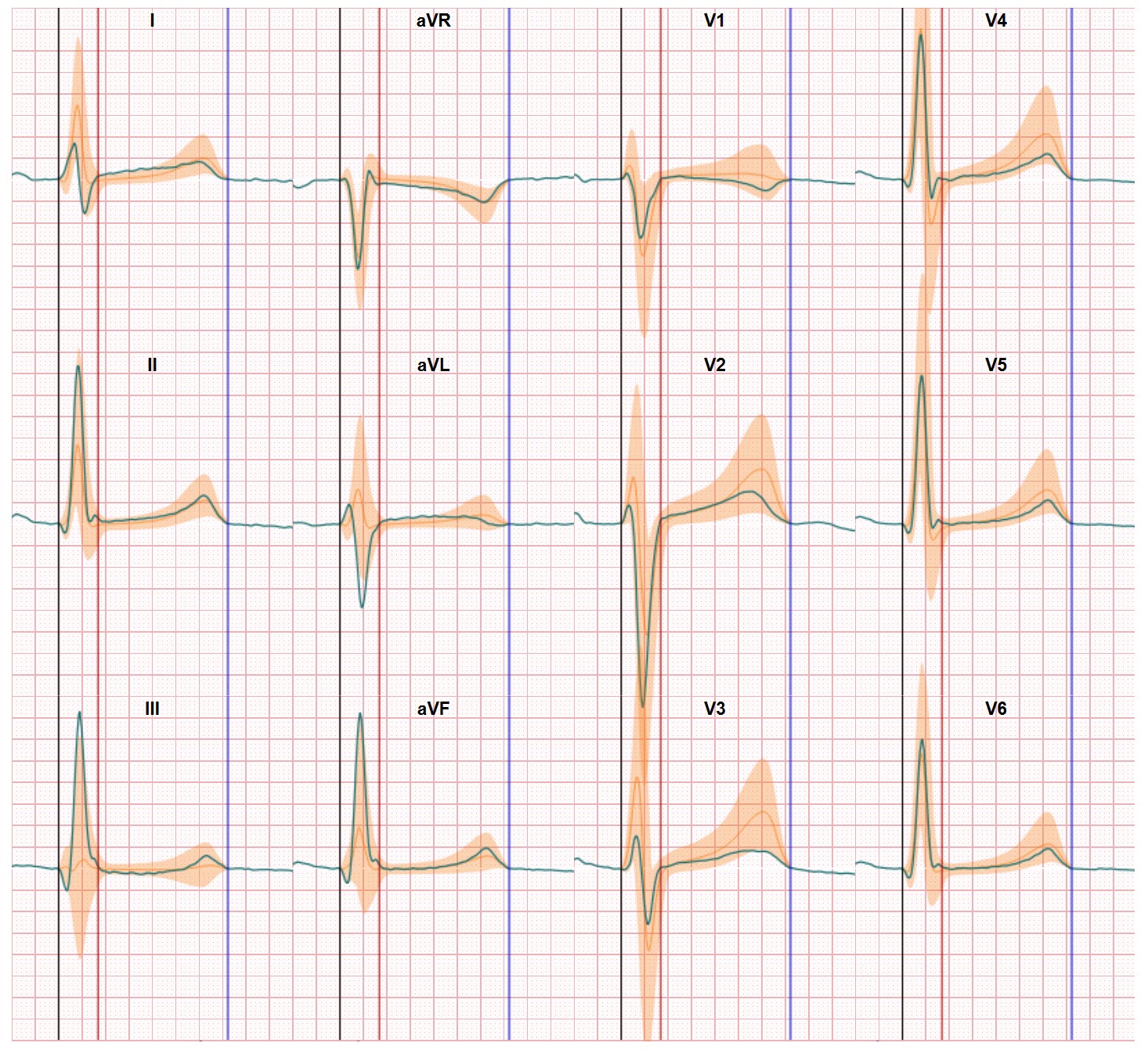ECG diagnosis of heart disease has certainly not come out of the blue. The history of the Electrocardiogram shows that effective collaboration between clinicians and physiology is needed to gain insight into the electrical activation and recovery processes in the heart. In a beautiful overview from the Dutch Journal of Medicine from 1987, F.L. Meijler paints a nice picture of the many steps that have been taken by many scientist in the past 135 years. The actions of people like Willem Einthoven have brought humanity the equipment that is able to measure in a simple way the electrical processes in the heart on the outside of the body. And people like Ling and Gerard have described the physiological processes that have helped us understand how the eletric processes in the heart come about.
ECG interpretation is often still a crude process.
At the same time, the difference between these two perspectives (clinical and physiological) is an important barrier in making use of the possibilities of the ECG. Where the ECG and its measurement is initially a rather crude process. After all, analogous indirect potential differences are measured on the skin and those differences are shown in graphs. And those graphs certainly don’t show what’s happening at the cellular level. The measurement and registration is coarse and sensitive to the rotation and position of the heart in the body and also sensitive to the positions of the ECG electrodes on the skin.
Such a crude approach is disproportionate to the micro detail level at which we must explain the explanation of the activation deviations. The limited level of detail in the ECG data can therefore be seen in the from coarse to fine approaches in the interventions in the heart if we want to correct the electrical activation and recovery system. For example, by placing stimulation electrodes or adjusting heart tissue by means of ablation.
This kind of precision location work based on the current ‘rough’ ECG is almost too much to ask of cardiac surgeons.
The quest for improving ECG interpretation
Finding solutions to this problem is actually as old as the introduction of the ECG. And only in recent years have we succeeded in making more and more beautiful steps. The introduction of computer simulation based on ECG signal processing has given a good impulse, as has the introduction of invasive ECG recordings using catheters. But where the first approach has so far only been really effective with the use of many more than 10 electrodes, the invasive solution is far too expensive and far-reaching to be competitive with the standard ECG.

It is only now, with the advent of better modeling techniques, powerful computers and the application of Artificial Intelligence that the next improvement in ECG diagnosis of heart disease is really in sight. We can break the longstanding barrier of moderate ECG interpretation accuracy. Earlier and better non-invasive heart ECG diagnosis of heart disease is now feasible. And to be able to contribute to this is particularly honorable.






